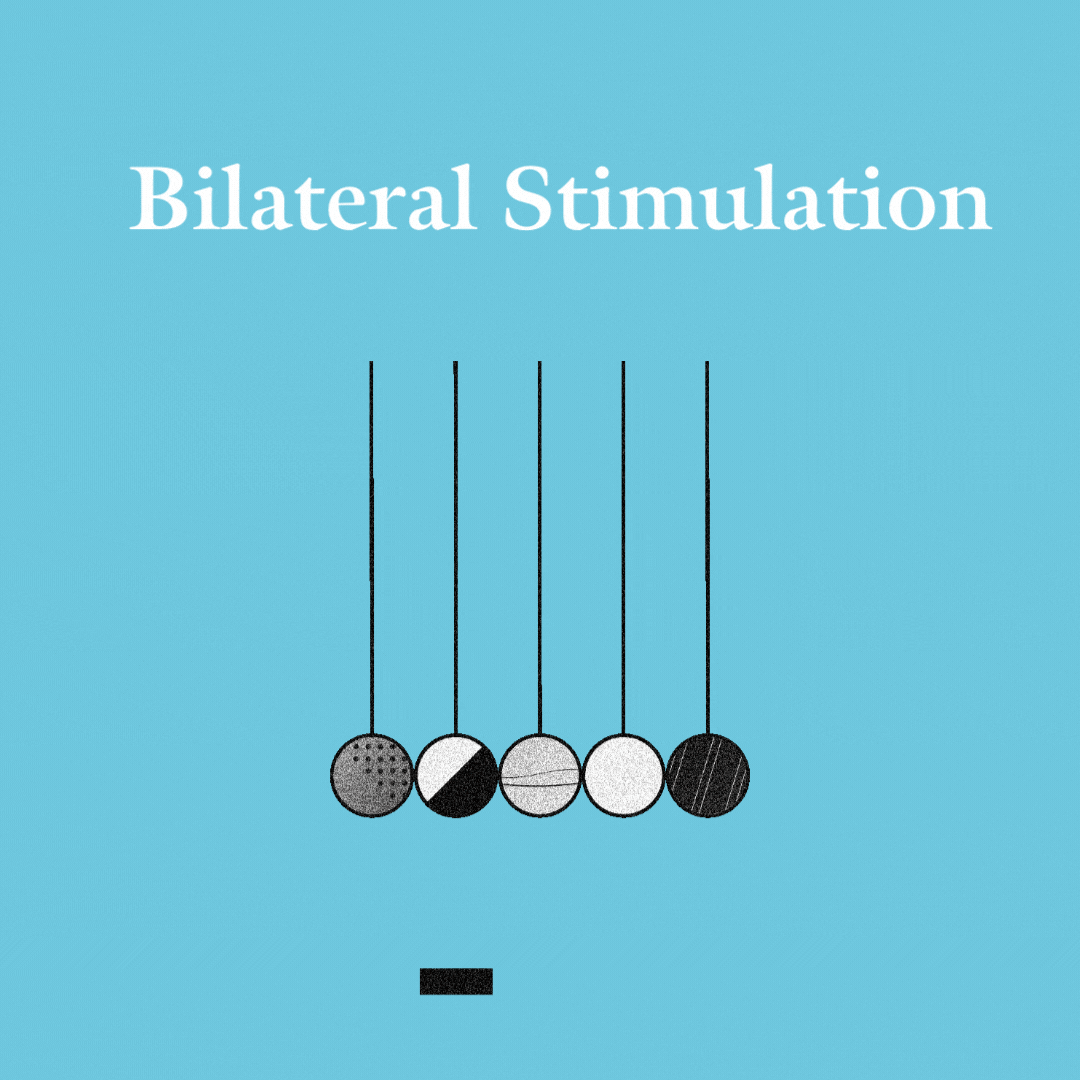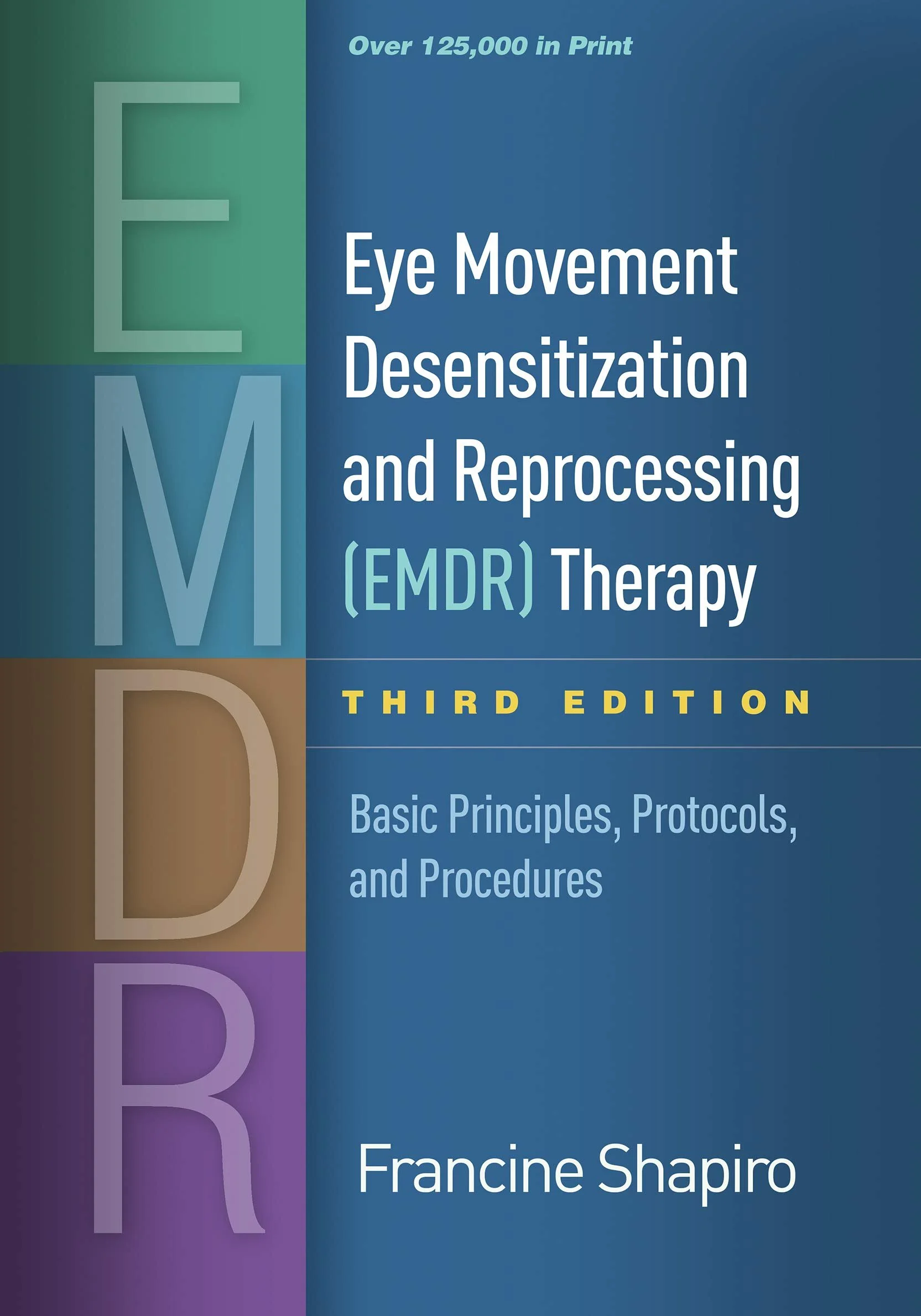What is EMDR therapy and how does it work?
What is EMDR?
EMDR — also known as Eye Movement Desensitization and Reprocessing — is a powerful therapeutic treatment that helps dissolve the stress associated with traumatic memories. Unlike traditional talk therapy, repeated studies have shown that EMDR can be as effective as years of traditional psychotherapy.
Eye movements (and/or other forms of bilateral stimulation — which we’ll get more into in just a minute) are used to help alleviate the distress associated with disturbing events that have been keeping us stuck.
Just like how the body is naturally designed to heal from physical trauma, EMDR helps the mind heal from psychological trauma. It removes the blockages that are keeping your system from naturally moving towards mental health and healing. If your system is imbalanced or distressed due to a traumatic event, the emotional wound can cause a blockage and lead to intense suffering and mental decline. It can prevent our minds and body’s from their inborn process of returning to balance and wholeness. Once the blockage is removed, healing can resume. EMDR-trained therapists help their clients activate their natural healing response and signal to the mind and body that it is safe to release and process the blockage and move into greater healing.
How does bilateral stimulation work?
You might be wondering: “why does moving my eyes back and forth (or another form of bilateral stimulation such as tapping) help dissolve traumatic memories?” Let’s dive into that:
You may have heard of REM sleep. REM (Rapid Eye Movement) is a stage of sleeping connected with dreaming and memory consolidation. REM sleep was first discovered in the 1950s when scientists who were studying sleeping infants noticed that there were different periods of sleep when their eyes moved rapidly from side to side. REM is an important stage of sleep when it comes to helping us process our emotions and memories.
Bilateral stimulation used in EMDR helps activate our body’s natural healing so the meaning of traumatic events can be processed and transformed on a deep emotional level. EMR does not require that all memories be consciously talked about and analyzed for hours on end. Instead, it prompts our brain’s natural healing abilities to work through blocks and move towards healing. Just like how your body knows what to do when you get a cut on your arm, EMDR helps your mind naturally heal from psychological wounds.
What can I expect when I start EMDR therapy?
EMDR therapy has eight different phases. Let’s go through them:
Phase 1: History-taking and treatment plan
Before beginning any bilateral stimulation and processing, the therapist will assess the client’s history, possible triggers, and pain points so they can develop a treatment plan for EMDR processing.
The number of history-taking sessions depends on the client and the level of post-traumatic stress disorder they are experiencing.
Phase 2: Resources and preparation
During this phase, the therapist makes sure that the client has strong resources for handling emotional distress. They may teach their client different stress reduction and imagery techniques to practice between sessions. This ensures that even when the therapist is not present, the client has the tools to calm their nervous systems and manage their emotional distress.
Phases 3-6: Determining the target memory
Once an EMDR-trained clinician has helped determine which memory to approach first, they ask their client to hold different aspects of the event in their mind and use their eyes to track the therapist’s hand as it moves back and forth from the client’s field of vision.
This processing includes three different things:
Having a clear visual image related to the memory
Determining the negative belief attached to that memory
Identifying the body sensations and emotions associated with the memory
Engaging in bilateral stimulation using eye movements, taps, and/or tones
The form and length of different for each client. The clinician’s goal is to guide the client through whatever spontaneously happens.
After each round of stimulation, the clinician guides the client to let their mind go blank and to notice whatever thought, feeling, image, memory, or sensation comes up. Based on what the client says, the clinician will choose the next area of focus. These sets with directed and focused attention can repeat various times throughout the session. If the client becomes distressed, the therapist will help guide them back on track.
Once the client feels that there is so distress related to the targeted memory, they are asked to identify a positive belief that they can now associate with the distressful experience.
Phase 7: Keep a log
During this phase, clients are asked to keep a log during the week and write down anything that may arise. This also serves as a reminder to practice the self-soothing activities that were learned during phase 2.
Phase 8: Evaluating the results
The last phase of EMDR includes examining the previous phases and the progress made.
How to know if EMDR is right for you:
If you’re experiencing any of the following, EMDR may be extremely helpful for you:
Anxiety
Depression
PTSD
Panic attacks
Chronic illness/pain
Childhood trauma
Unresolved grief
Addiction
Eating disorders
Severe phobias
You may still be wondering if EMDR is the right treatment for you. It is important to note that while EMDR is not supposed to feel overwhelming, it does require that you process through potentially difficult and uncomfortable emotions. Being willing and ready to heal is the first step.
Several of our expert clinicians at Healing Pathways of Houston are trained in EMDR and can help determine if EMDR is right for you. Our therapists will be with you every step of the way and help you create a new way of being through EMDR therapy. You don’t have to go through this alone — healing is possible.
Want to learn more about starting EMDR therapy? Reach out to our team and we’ll help you get started.




